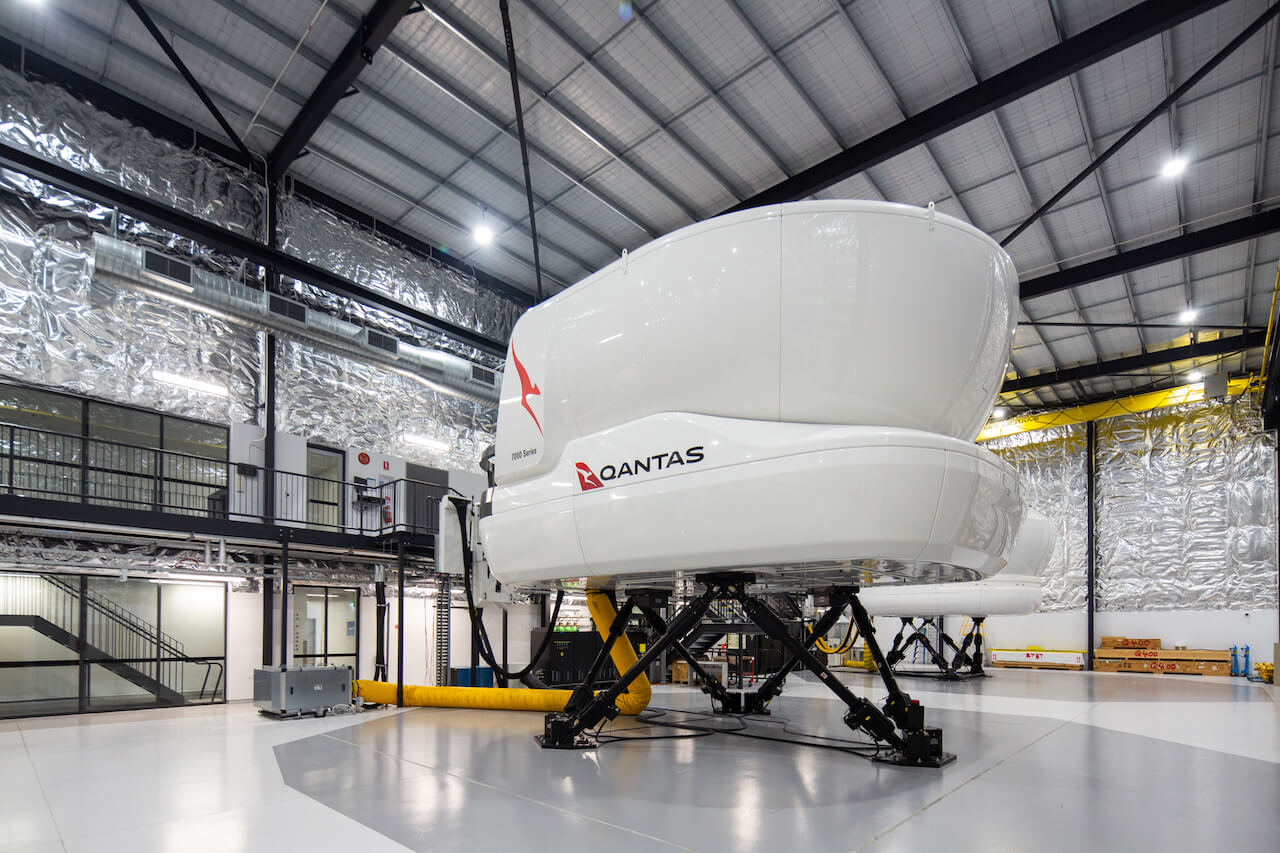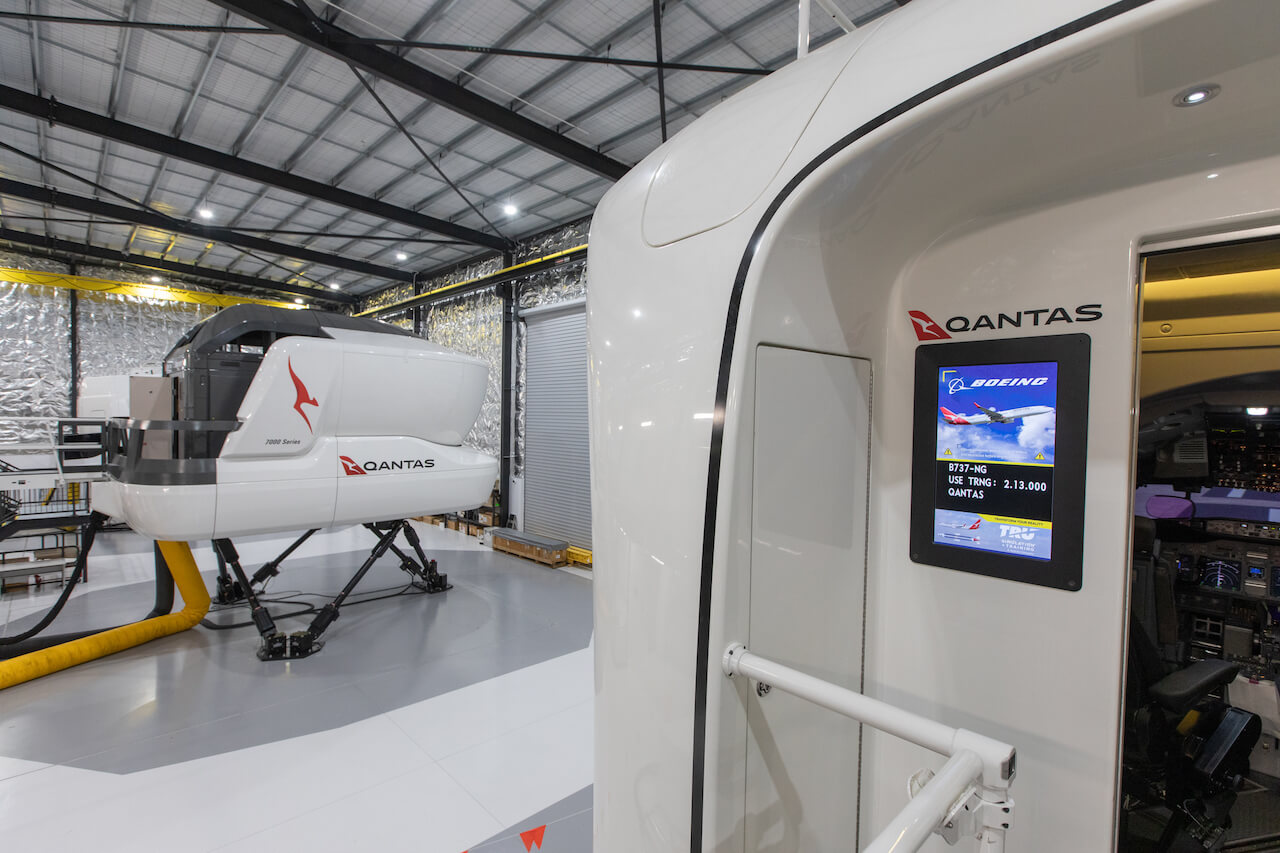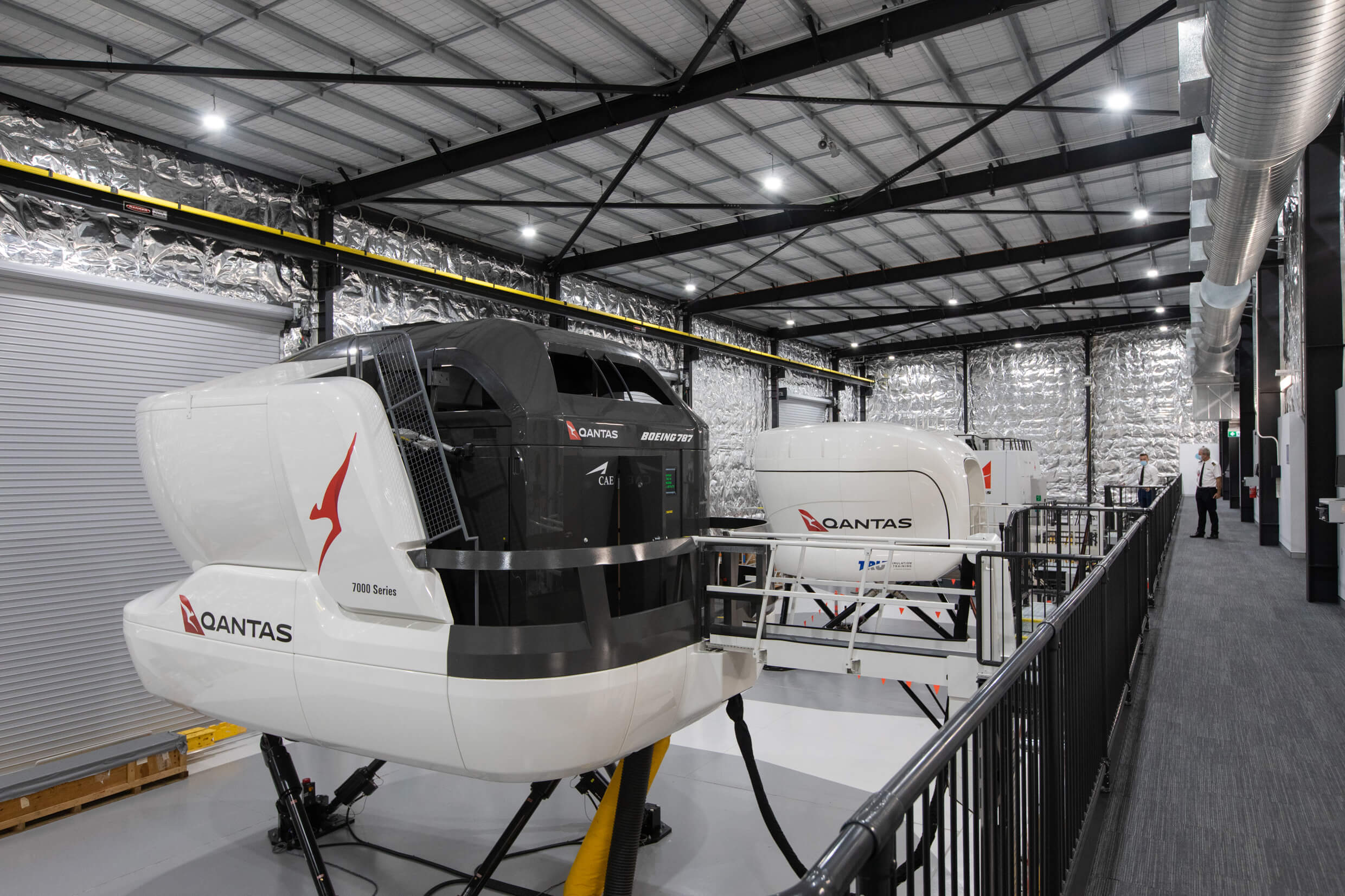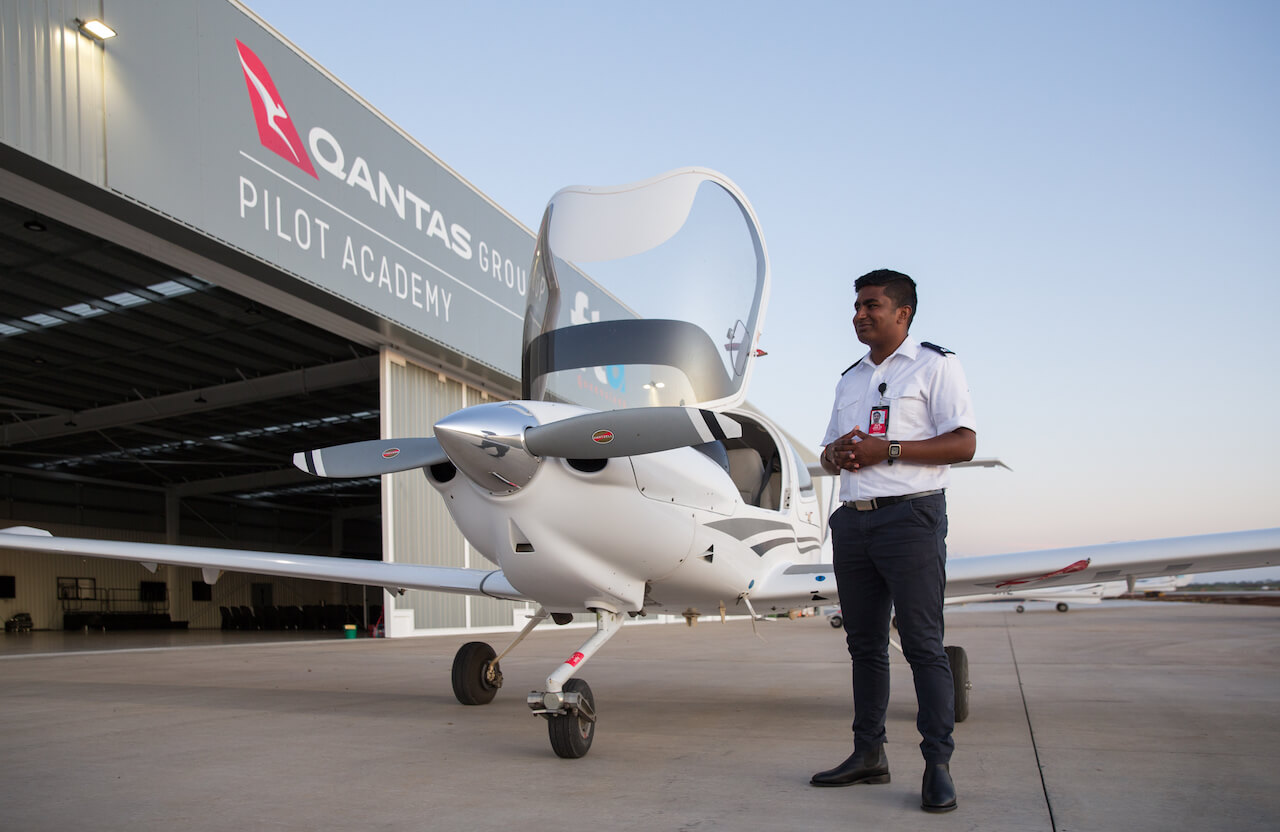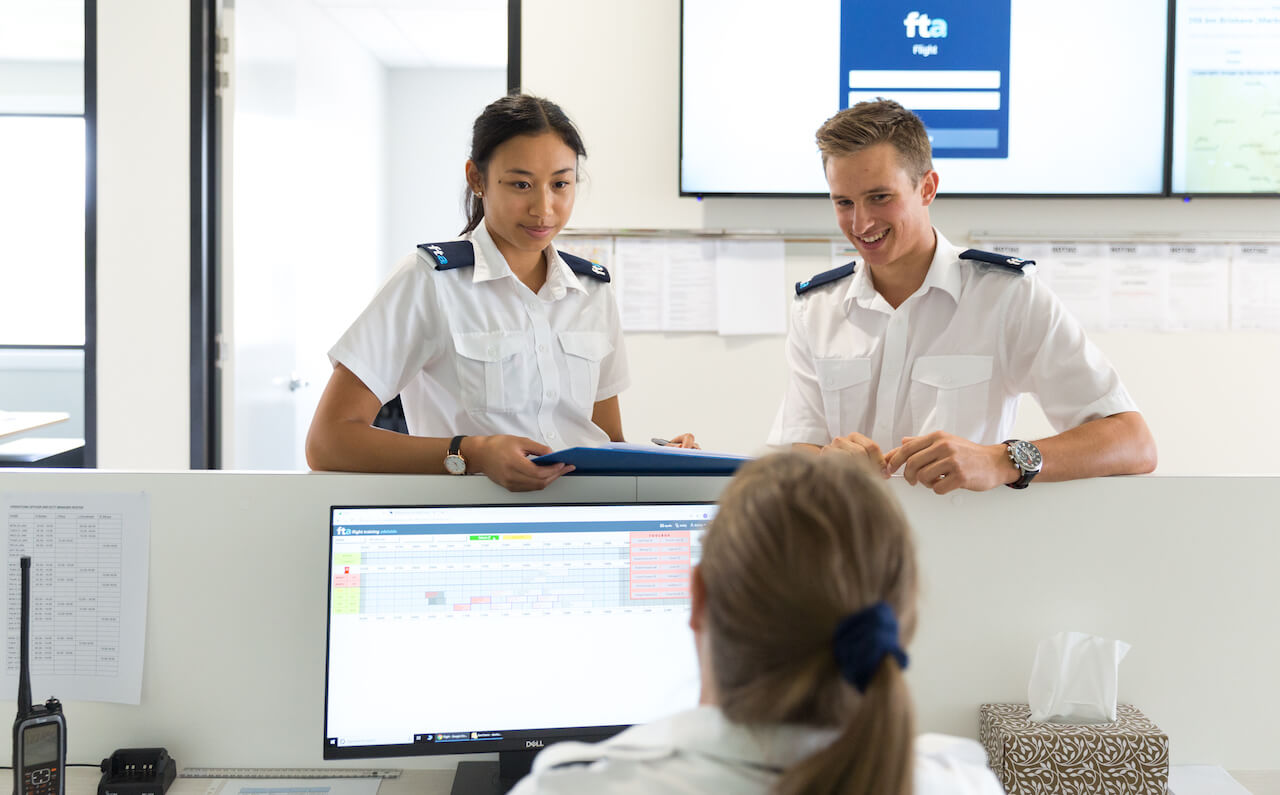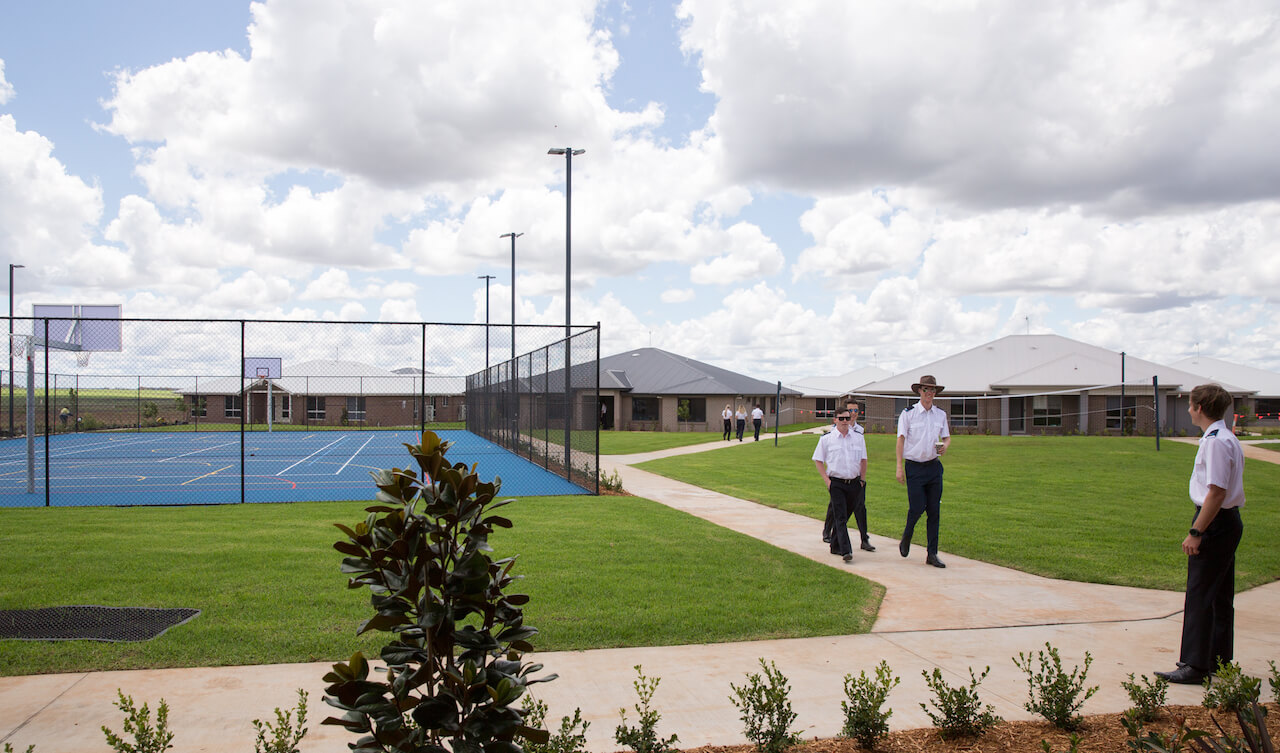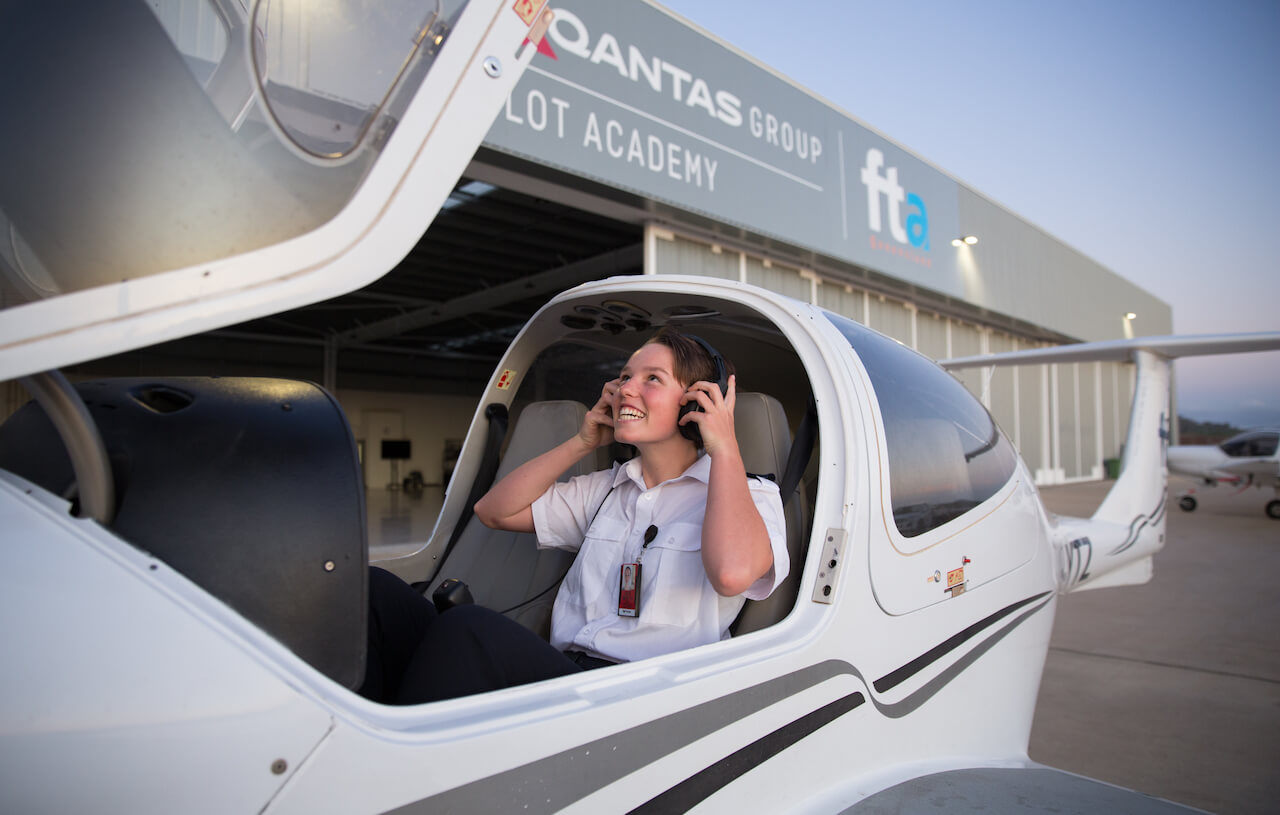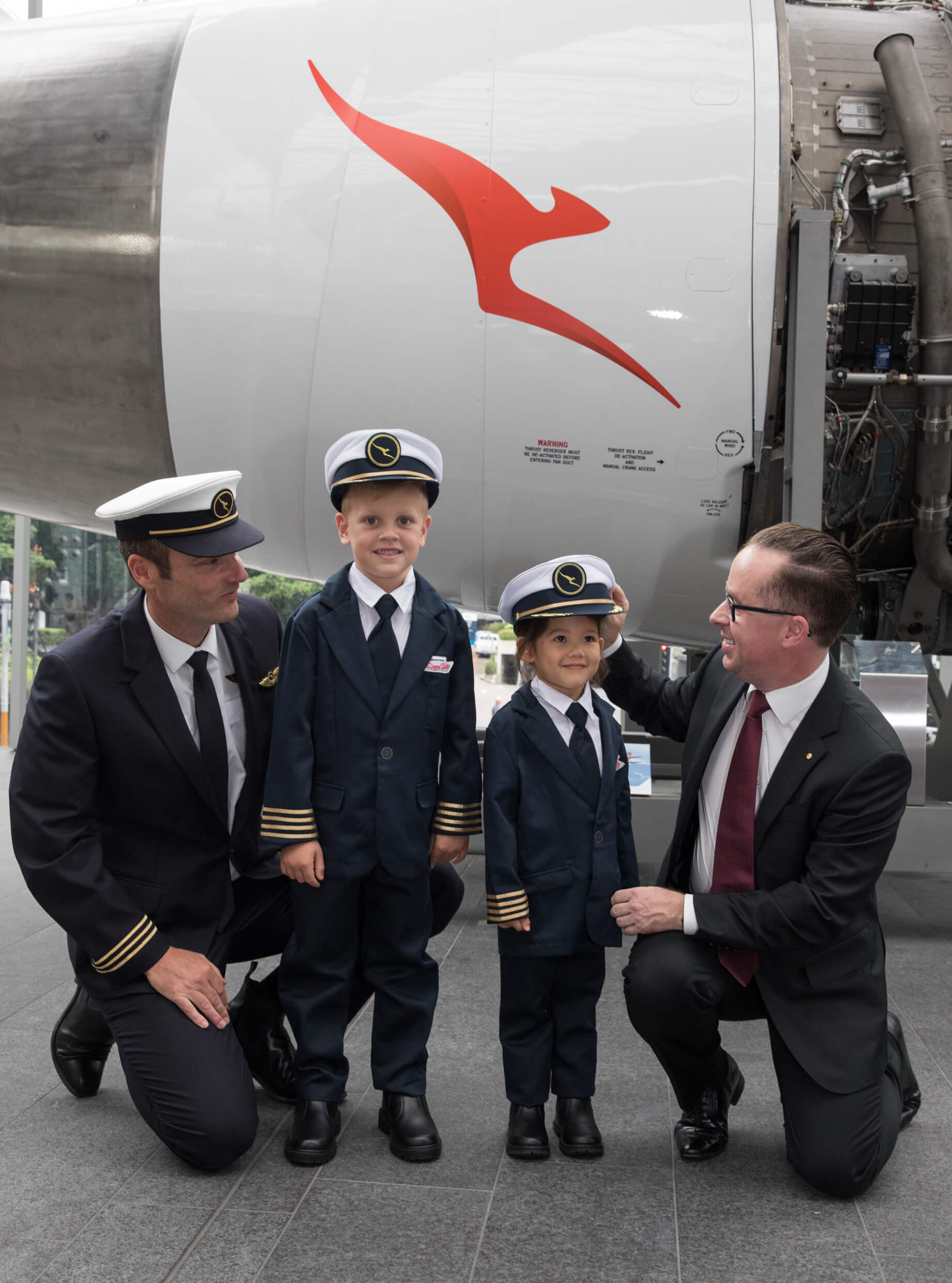In its recent Pilot and Technician Outlook for 2021-2040, Boeing anticipates that 612,000 new pilots are needed to fly and maintain the global commercial fleet over the next 20 years.
Before the pandemic, the Asia-Pacific region was projected to account for 33% of the global need for pilots. Today, we’ll take a look at Qantas, which has been ranked one of the safest airlines in the world.
Qantas trains, certifies, and examines the proficiency of more than 12,000 flight crew each year, both with Qantas and from its customer airlines. The airline has come quite some way since its first known flight school – a simple hangar in Eagle Farm in Brisbane in 1927.
In this feature, AeroTime takes a look at where the carrier trains its pilots, the Qantas Flight Training Program, and the airline’s recently launched Pilot Group Academy.
Qantas flight training bases
Qantas has three training bases in Australia – Brisbane, Sydney and Melbourne. These facilities are where pilots and flight attendants undergo high-level theoretical and practical training. Along with qualified instructors, each center is equipped with flight simulators, aircraft cabin mock-ups, ditching pools and multimedia learning centers.
Brisbane: the newest flight training center
In January 2022, Qantas opened its latest pilot training facility at Brisbane Airport, with the capacity to train up to 900 pilots each year.
It currently has four simulators – Boeing 737, 767F and 787 Dreamliner and Dash-8 Q400 – as well as a Q400 flight training device. These are used by pilots to complete four annual sessions of simulator training and the specialized training required when moving to a new aircraft type.
Qantas flight simulator in Brisbane. Image supplied by Qantas
The majority of Qantas’ pilots are based in the eastern coast states of New South Wales, Queensland and Victoria, so opening a training facility in the capital of Queensland, where more than 500 Qantas pilots are currently based, means significant cost and transportation savings.
Alongside providing recurring training for Queensland-based pilots and crew, the Brisbane pilot training facility will also be open to other airlines in the Asia-Pacific region to train newly recruited pilots, upskill pilots to new aircraft types, and allow experienced pilots to maintain their ongoing training.
Qantas Boeing 737 flight simulator. Image supplied by Qantas
A representative for Qantas told AeroTime that the airline does not disclose clients who use the training center.
“Training is a critical part of our business and the new Brisbane Simulator Facility will play a key role in helping us to maintain the highest standards of pilot skill and experience,” Qantas CEO Alan Joyce said in a statement during the opening of the Group Pilot Academy.
Brisbane flight simulators Qantas training center. Image supplied by Qantas
Qantas Flight Training (QFT)
For more than 50 years, Qantas has been training its pilots to obtain licenses and approval to fly the airline’s fleet of various aircraft.
The flight training centers are open to other airlines in the Asia-Pacific region to train new pilots, upskill pilots to new aircraft types, and conduct recurrent training for experienced pilots.
According to its Flight Training website, Qantas has developed a pilot training curriculum to cover the requirements of airline and government regulators. Courses have a detailed theoretical component, followed by instruction in the flight simulators located within QFT bases.
Apart from pilot training and certification, QFT also offers pilot endorsements, a ‘sign-off’ from a certified flight instructor stating that the pilot has received the required training for a particular task.
The website describes endorsement training as having two main components, the ground phase and the handling phase.
The ground phase is where crew receive a thorough understanding of how their aircraft operates using computer-based learning and classroom briefings.
Next, they move to aircraft procedures training. This is where standard safe airline operating procedures are learned. This learning phase is done through computer-based training, the latest training devices and fixed base simulators.
The handling phase of recurrent training takes place in full flight simulators.
To complete the endorsement, aircraft handling exercises, landing and maneuvering exercises are conducted around airports.
Courses offered at the QFT:
Human factors training
It is well-known within the aviation industry that lapses in human performance are a factor in the majority of incidents and accidents.
Soft skills such as clear and effective communication are essential for both pilots and cabin crew.
The Qantas Flight Training (QFT) includes human factor courses to modify autonomous behavior and attitudes by improving problem solving skills using communication, leadership, decision making and teamwork. These courses are run throughout the year at the airline’s flight training centers in the country.
Qantas also said that it can facilitate on-site training at a customer airline’s location if it is required, and can also train their client’s instructors.
Emergency Procedures
QFT trains pilots and cabin crew to handle emergency situations in both wide and narrow-bodied aircraft.
The main practical tool is full-scale cabin mock-ups used to simulate various emergency citations. Training also covers the control and operation of emergency exits and the safe evacuation of passengers.
Large indoor pools are used to host training for ditching emergencies. Here, water evacuations incorporating various types of slide rafts and survival equipment are rehearsed. Training for fire fighting, medical emergencies, dangerous goods practices and security-related procedures are not included in the basic tuition, but Qantas said that this can be arranged.
Simulator Evaluation Course
QFT offers a five-day simulator evaluation course that meets the requirements of the Australian Civil Aviation Safety Regulations (CASR) and is aligned with the latest ICAO standard.
QFT currently has the following flight simulators available:
Sydney:
Airbus A330-200 | 1 |
Airbus A380 | 1 |
1 | |
Boeing 747-400 | 1 |
Boeing 767-300 | 1 |
Boeing 787-9 | 2 |
Dash 8 Q300 | 1 |
Dash 8 Q400 | 1 |
Melbourne:
Airbus 330-200 | 1 |
Boeing 737-400 | 1 |
Boeing 737-800 | 2 |
Boeing 787-8 | 1 |
In January 2022, five simulators from Sydney (Boeing 737, 767F and 787 Dreamliner and Dash-8 Q400) were dismantled, transported by road and re-installed at the new Brisbane center over the course of four months.
Flight simulator experience
A Boeing 747-400 is available for aviation enthusiasts or aspiring pilots at the training bases. Frequent fliers can also hop on the experience using their miles.
Qantas Group Pilot Academy
In January 2020, Qantas opened a new flight training school with a focus on a scholarship program launched for Indigenous, female and regional students.
Qantas Group Pilot Academy in Toowoomba. Image credit: qantas.com.au
Located in Toowoomba, Queensland, the Pilot Academy has the capacity to train up to 250 pilots each year. The goal of the academy is to build a long-term talent pipeline for Qantas, Jetstar and QantasLink, but Qantas also says this will eventually help the broader industry meet the increasing need for skilled aviators.
Qantas has appointed Flight Training Adelaide (FTA) as the training provider for the Toowoomba site.
Established in Adelaide, FTA has almost 40 years’ experience in pilot training and works with a number of domestic and overseas airlines.
Qantas and FTA partnership at the Group Pilot Academy image credit: qantas.com.au
According to Qantas, FTA is focused on producing future airline captains, rather than simply training students to obtain a pilot’s license, and this coincides with the airline’s long-term goals for the academy.
Under its partnership with Qantas, FTA offers a full range of services, including student selection, beginner and advanced training courses, as well as management of accommodation facilities onsite at Toowoomba Wellcamp Airport.
Qantas pilot academy in Toowoomba image credit: qantas.com.au
The Academy is an ab initio (an industry term that describes airline-oriented flight training programs that take you from zero experience through commercial pilot) training school for students with little to no flying experience. Students will be able to qualify for the following CASA licenses and ratings: Commercial Pilots License (CPL), Multi-Engine Command Instrument Rating (ME IR), Airline Transport Pilots License (ATPL) theory, and Multi-Crew Cooperation (MCC).
Qantas group pilot academy Toowoomba image credit: qantas.com.au
“Opening our new Pilot Academy is a historic moment for Qantas, for aviation in Australia and for the thousands of future pilots who will learn how to fly here in Toowoomba,” Qantas CEO Alan Joyce said during the training school’s inauguration in January 2020.
“Qantas Group pilots have a long-held reputation for being amongst the best in the world because of their high standards of training, and that tradition continues with the launch of our own Pilot Academy,” Joyce added.
The training facility comprises a 1500 square meter hangar, four flight training simulators, classrooms as well as purpose-built pre-flight briefing and flight scheduling areas.
The Future: Qantas Group Future Flying Program
Students at Qantas’ Pilot Academy are given the option to join the Qantas Group Future Flying Program, which provides career development support guidance and mentoring. As part of the program, students will learn what it’s like to be a commercial airline pilot, available career progression, and how to achieve their career aspirations.
Qantas future pilots. Image credit: qantas.com.au
Students selected to join the Future Flying Program will be invited to complete an airline pathway program, subject to operational requirements. If successful, students may be eligible to enter the Qantas Group as a Turboprop First Officer with QantasLink.
Once graduates are employed by QantasLink, they can complete their instruction under the supervision of QantasLink’s training team. They can also become qualified as First Officers flying the Group’s Dash 8 200/300 or Q400 fleet in Australia.
The Future Flying Program is not exclusive to students from the Qantas Pilot Academy. It is open to aviation students from various universities around Australia.

